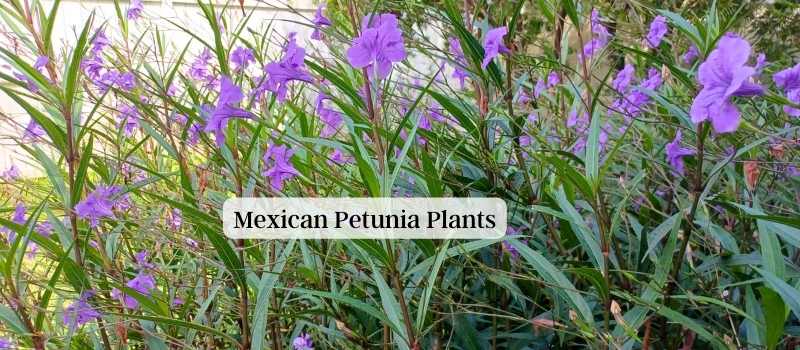It's always a cause for concern when you spot a rat in your backyard, darting across your lanai or scaling a tree. Addressing this pest issue promptly is important. In Palm Coast, where we live adjacent to canals and swales that collect water, rats seek refuge during breeding season to evade predators like hawks and snakes. These hidden corners in your yard can become a sanctuary for them. Once a rat discovers such a secluded spot, the breeding population begins, leading to an infestation problem and the worry that they might infiltrate your home.
We've compiled a list of some of the most popular Florida plants that can help deter rats and even mice to keep them out of your yard to begin with.
Catnip: Not just for Cats
Catnip (Nepeta cataria), often referred to as catnip, provides an effective means of discouraging rats and other rodents from establishing a cozy presence in your yard. While catnip may be a beloved choice for felines, it is decidedly unwelcome among the rat and rodent population. Its distinct chemical makeup, particularly nepetalactone, has been scientifically demonstrated to deter rats. Horticultural experts suggest a strategic planting of catnip throughout your yard to effectively keep rats at bay.
Marigolds: A Natural Pest Repellent in Your Garden
Marigolds are not just a vibrant addition to your garden during the summer and fall they also serve as a natural pest and rodent repellent. Planting marigolds generously along your garden borders and between vegetable rows can offer both aesthetic appeal and practical rodent control.
Rats, in particular, have an aversion to the strong, pungent odor emitted by marigold leaves and stems. While marigolds can play a role in preventing infestations, it's important to remember that they should be just one part of your comprehensive pest control strategy.
To effectively manage rat issues in your garden, consider integrating marigolds with other preventive measures and proper sanitation practices. While marigolds can help deter rats, they may not provide a foolproof solution on their own. A holistic approach that combines these plants with other pest control methods can significantly reduce the presence of rats in your garden and yard.
Lavender: A Natural Rat Deterrent with Aromatic Benefits
Lavender, known for its soothing fragrance, also serves as an effective rat deterrent. The scent of lavender is highly displeasing to rats, making it an excellent choice for naturally discouraging their presence in your space.
Lavender possesses the unique ability to mask the pheromones that rats and mice rely on for communication, thereby disrupting their navigation abilities. To maximize its rat-repelling potential, it's advisable to plant lavender in sunny areas where it thrives, ensuring that its aromatic properties are at their most potent.
By strategically incorporating lavender into your outdoor space, you can harness its natural benefits to help deter rats and create a more rodent-resistant environment.
Peppermint: A Natural Rodent Deterrent with an Invigorating Aroma
Peppermint stands out as an exceptional choice for keeping rats and various other pests at bay within your yard. Beyond its pest-repelling qualities, peppermint also lends a delightful aroma that wafts through the air when the breeze carries it in your direction.
Incorporating peppermint into your garden can be a valuable addition. However, it's essential to exercise caution as peppermint plants have a tendency to be invasive. To maintain control over their growth, you may need to periodically trim and remove the creeping vines that spread along the ground to ensure they don't overpopulate your garden.
By strategically planting and managing peppermint in your outdoor space, you can harness its natural pest-deterrent properties while enjoying the invigorating scent it offers when the wind gently carries it your way.
Strategic Plant Placement: Enhancing Your Landscape While Deterring Rats and Rodents
Carefully situating plants throughout your yard and garden not only enhances the aesthetics of your outdoor space but also serves as an effective deterrent against rats and rodents choosing your home or garden as their breeding ground. To achieve this dual purpose, consider following these planting guidelines:
-
Along Fences: Plant these attractive specimens along your fences to create a natural barrier that discourages rodents from entering your property.
-
Near Sheds: Position them near sheds and outdoor structures to prevent rodents from seeking shelter or nesting in these areas.
-
Around Outdoor Kitchen and Lanai: Incorporate these plants around your outdoor kitchen and lanai to safeguard these spaces against rodent intrusion.
-
Close to Water Sources: Place these plants near water sources such as your garden hose or outdoor faucets to create a protective buffer around potential rat access points.
-
Near Tall Trees: Strategically plant them near tall trees close to your roofline or porch. Rats and rodents are adept climbers and often use trees as entry and exit points to find food and water sources.
By implementing these plant placement strategies, you not only enhance the visual appeal of your landscape but also establish a natural defense against rats and rodents, minimizing the likelihood of them choosing your home or garden for breeding and nesting.
A little about rats and breeding:
Further more, when rats infiltrate your home, garden or shed, they waste no time in preparing for their nest, and before you know it, you could be dealing with a full-blown infestation. That's why it's crucial that when you spot a single rat, you should promptly contact your local pest control and rodent removal company to eliminate it before the breeding process commences and one rats turn into 12.
The breeding cycle initiates once the male and female rats reach breeding maturity, which can be as early as three months of age. When a male and female rat encounter each other, they will mate relatively quickly. After a gestation period of just three weeks, a litter of 6 to 12 baby rats is born. To break this cycle within your home, it's imperative to take action by removing the rats, eliminating entry points, and eliminating nesting conditions.
Do you have other plants or helpful tips to recommend, let us know in the comments.




